Flavor and taste characteristics of robusta coffee varieties growth and environment of robusta coffee beans
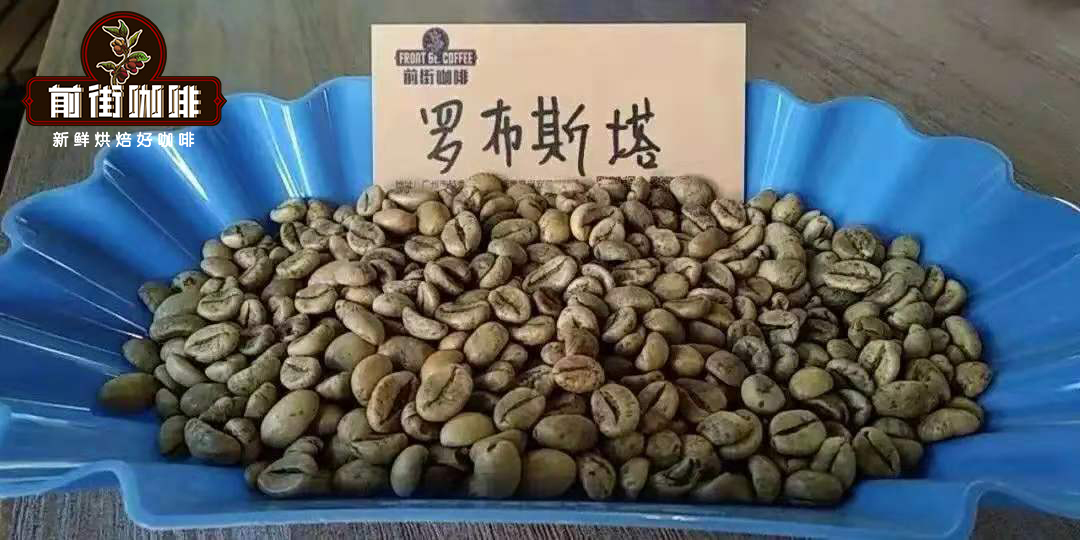
Professional coffee knowledge exchange more coffee bean information please follow the coffee workshop (Wechat official account cafe_style)
We often hear Arabica coffee beans and Robusta coffee beans. Everyone is very familiar with Arabica, and I'm afraid Robusta only knows that the flavor is not very good, which is used in commercial beans. Today, Qianjie Coffee will bring you to know this kind of coffee.

The Origin of Robusta
Robusta originated in the Congo region of West Africa, and we often compare Arabica with Robusta, but this is not rigorous because the two are not the same botanical level at all. Robusta actually belongs to the Canefa species, also known as the Congolese species, just as Ironka belongs to the Arabica species. But unfortunately, there is only one species called Robusta in the Canefra species that can be commercialized and well known, so that now Robusta has almost replaced Canefra as a synonym for the species.
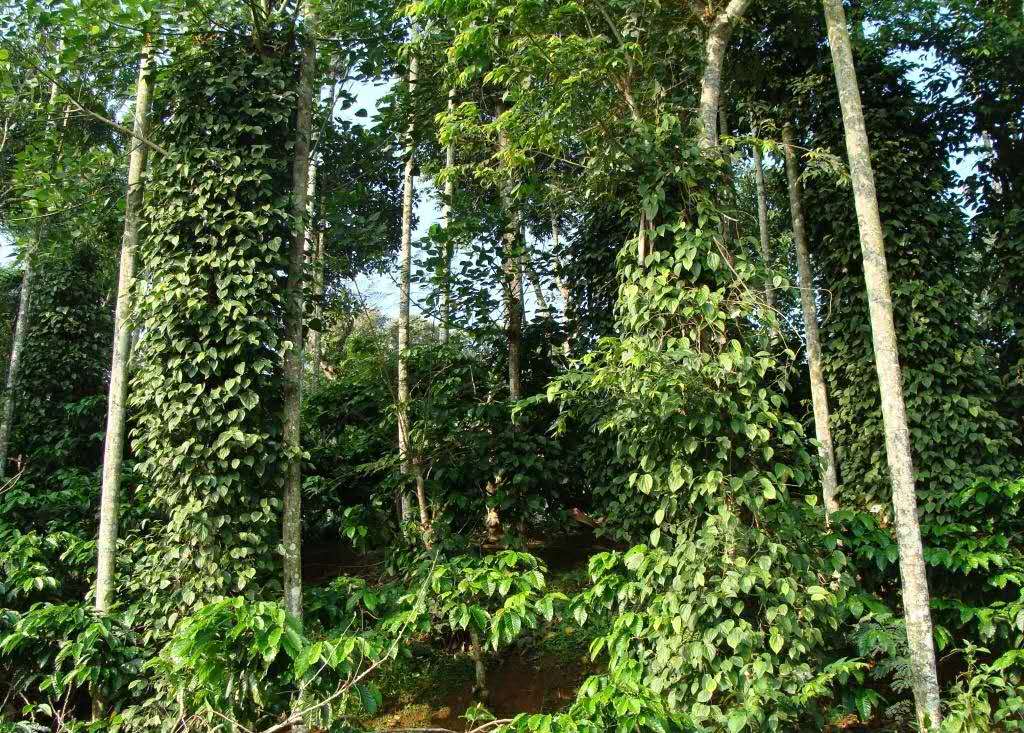
The shape of Robusta coffee beans
Robusta coffee beans are one fruit and one bean. The shape of Robusta is round and C-shaped, while the center line is in the shape of "1" and the color of raw beans is yellowish brown.
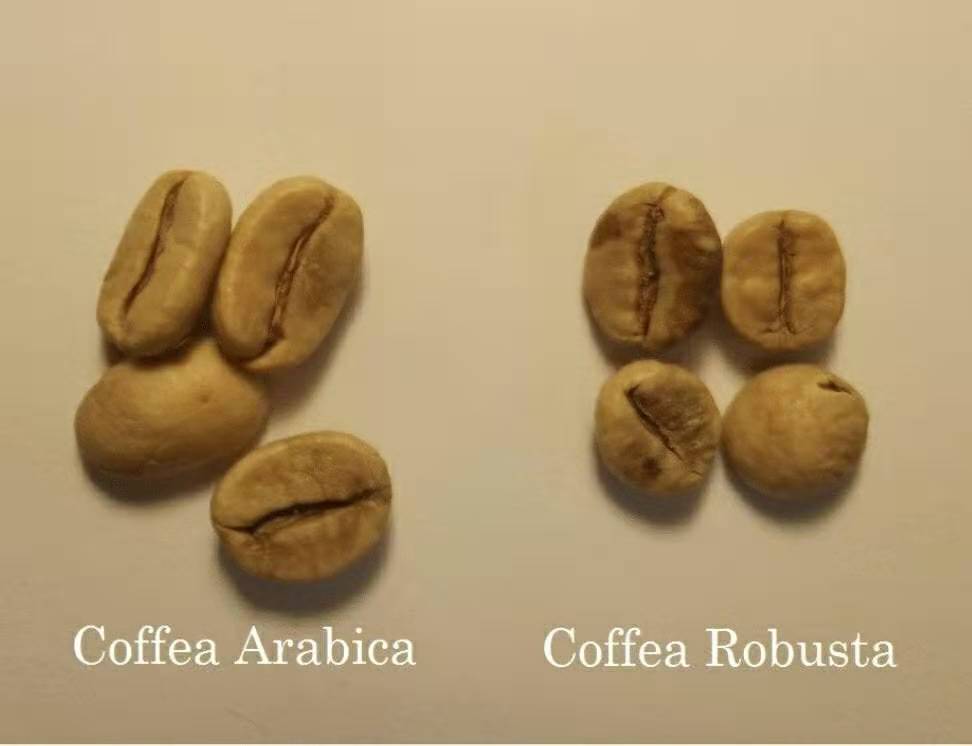
The advantages of Robusta
Growth conditions: the global coffee growth belt lies between the Tropic of Cancer and Robusta is no exception. But Robusta's growth conditions are not as harsh as Arabica. Robusta can grow at lower elevations and higher temperatures. It grows faster than Arabica and is more tolerant to extreme weather conditions. Robusta is widely planted in Vietnam, Brazil, India and other countries. Among them, China's Hainan also grows Robusta.
Insect resistance: Robusta's caffeine content is 2.7% Mur4%, twice that of Arabica. Caffeine, as a natural pesticide in plants, can be protected from most insects.
Disease resistance: we all know that Arabica species have 44 chromosomes, while Robusta has 22 chromosomes; generally speaking, the more chromosomes there are, the more complex and advanced the genes are, but Arabica is self-pollinated and Robusta is cross-pollinated. Pollination involves heredity.
In general, plants obtained by cross-pollination are of higher quality-offspring produced by cross-pollination have the genetic traits of two parent plants, which are likely to produce new characteristics that help it survive in a changing environment. So Arabica, which is self-pollinated, is very fragile, and the genes become more and more single in the process of reproduction (without the participation of foreign genes), so if some diseases (such as leaf rust) occur, coffee balls with the same gene may be wiped out. The strength of Robusta lies in its ability to adapt to the environment by constantly changing its genes.
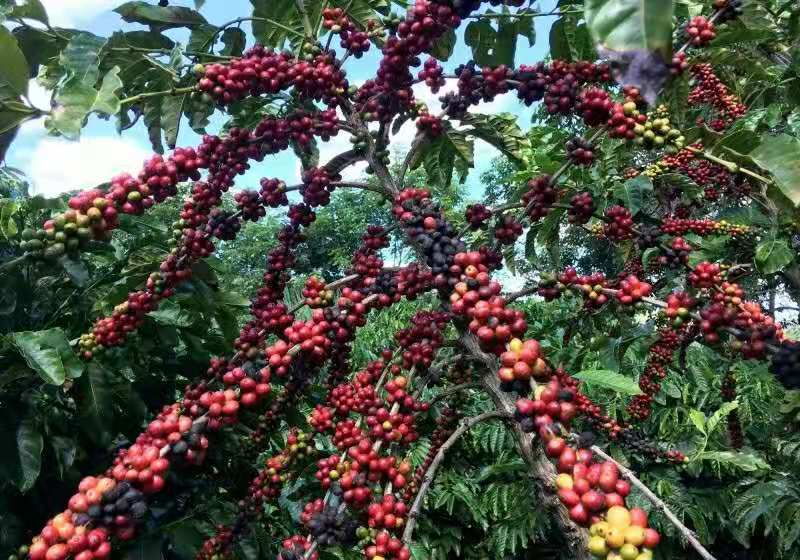
The disadvantage of Robusta
Flavor: compared with Arabica, Robusta has higher levels of caffeine, amino acids and chlorogenic acid, which is the source of bitter taste, so Robsta is born without the elegant aroma of Arabica beans, replaced by a mellow, lower taste, as well as walnuts, peanuts, hazelnuts, wheat, grains and other flavors, and even pungent soil flavor. Robusta is often spurned by the boutique coffee industry because of its poor flavor, so it is commonly used to mix beans or instant coffee with Arabica.

Boutique Robusta
There are many factors that contribute to the poor flavor of Robusta, such as congenital (genetic) and acquired (planting, processing). What if the improved performance doesn't produce a delicious Robusta?
The representative of boutique Robusta-India "Kappi Royale" Robusta of India (Robusta).
Kappi Royale means "top grade", and at least four private coffee farms in India have grown robusta coffee beans with the standards and procedures of boutique Arabica beans.
The advent of the Royal Coffee boutique Robusta beans has undoubtedly begun to change the world's impression of Robusta. Most people who have drunk it will be surprised by its thick and clean characteristics. Because of the exquisite planting and handling procedures, the flavor of the Royal Coffee Robusta is mostly quite clean, without the inconvenient flavor of the cheap Robusta. The Robusta is born without the elegant aroma of Arabica beans, replaced by a thicker, calmer taste, as well as strong walnut, peanut, hazelnut and wheat flavors like peanut butter and hazelnut.
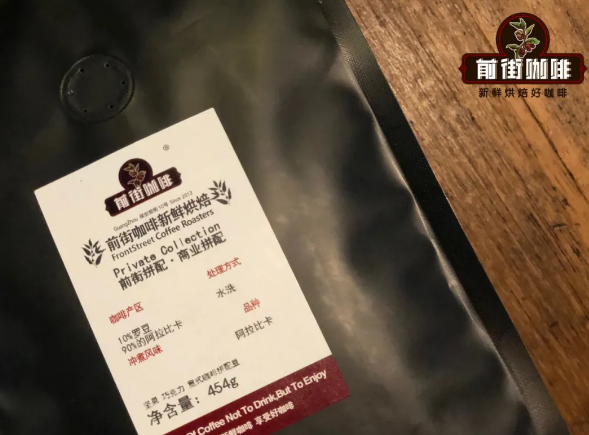
Robusta beans are also widely used in Italian blended beans, just as the commercial blended beans of front street coffee are made up of 30% Arabica in Colombia, 60% Arabica in Brazil and 10% Robusta. Robusta beans provide rich coffee oil, rich and mellow flavor, caramel sweetness, nutty and cocoa, dark chocolate flavor, sweet and sour balance, a little bitterness and a lingering finish.
Flavor: caramel sweetness, nutty and cocoa, dark chocolate flavor, sweet and sour balance, a little bittersweet, lingering finish.
For more boutique coffee beans, please add private Qianjie coffee on Wechat. WeChat account: kaixinguoguo0925
Important Notice :
前街咖啡 FrontStreet Coffee has moved to new addredd:
FrontStreet Coffee Address: 315,Donghua East Road,GuangZhou
Tel:020 38364473
- Prev
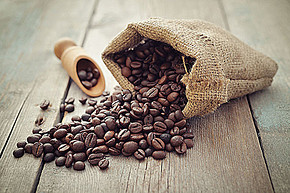
Introduction to the auction record of manor flavor in Rosa coffee bean producing area
Following Cafe Review (official account vdailycom of Wechat) found that Beautiful Cafe opened a small shop of its own: Geisha was discovered in the rose forest of Ethiopia in 1931 and sent to the Coffee Research Institute in Kenya; it was introduced to Uganda and Tanzania in 1936, Costa Rica in 1953 and Panama from Dongba Seven Farmers in the 1970s.
- Next

How to drink robusta coffee powder after the name of robusta coffee
Following Cafe (Wechat official account vdailycom) found that Beautiful Cafe opened a small shop of its own. People used to look at things in dichotomy, good and bad, good and bad, good and bad. The same is true in the world of coffee. Arabica coffee beans are always classified in the good category, while its distant relative, Robusta, often grow coffee beans.
Related
- Detailed explanation of Jadeite planting Land in Panamanian Jadeite Manor introduction to the grading system of Jadeite competitive bidding, Red bid, Green bid and Rose Summer
- Story of Coffee planting in Brenka region of Costa Rica Stonehenge Manor anaerobic heavy honey treatment of flavor mouth
- What's on the barrel of Blue Mountain Coffee beans?
- Can American coffee also pull flowers? How to use hot American style to pull out a good-looking pattern?
- Can you make a cold extract with coffee beans? What is the right proportion for cold-extracted coffee formula?
- Indonesian PWN Gold Mandrine Coffee Origin Features Flavor How to Chong? Mandolin coffee is American.
- A brief introduction to the flavor characteristics of Brazilian yellow bourbon coffee beans
- What is the effect of different water quality on the flavor of cold-extracted coffee? What kind of water is best for brewing coffee?
- Why do you think of Rose Summer whenever you mention Panamanian coffee?
- Introduction to the characteristics of authentic blue mountain coffee bean producing areas? What is the CIB Coffee Authority in Jamaica?

